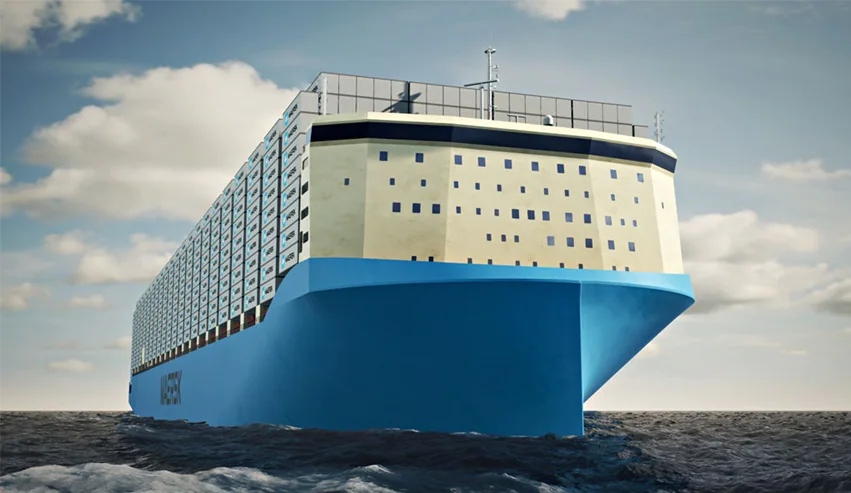In 2021, Maersk’s revenue was up 55 per cent to USD 61.8 billion, while EBITDA tripled to USD 24 billion. Maersk speaks of an exceptional year and says the record earnings allow the company to make strategic long-term investments into decarbonisation and logistics growth.
‘Exceptional market conditions led to record-high growth and profitability in A.P. Moller – Maersk, however it also led to supply chain disruptions and severe challenges for our customers,’ says Søren Skou, CEO of A.P. Moller-Maersk.
He adds: ‘We spent tremendous efforts in mitigating bottlenecks by expanding capacity across Ocean, improving productivity in Terminals and growing our global logistics footprint. We will continue these efforts as we see the current market situation persist into Q2. At the same time, we see conversations with customers change from procurement-led freight rate discussions to more holistic conversations on how we truly partner to keep supply chains running end-to-end.’
The company continued to strengthen its Logistics & Services business throughout 2021, with a revenue increase of 41 per cent to USD 9.8 billion. Furthermore, six businesses were acquired within air, e-commerce, warehousing and fulfillment, and 85 new warehouses opened, improving capabilities and footprint across the product portfolio.
Also read: Maersk speeds up net zero-emission targets to 2040
Maersk Ocean division up almost 20 billion
Within the Ocean division, profitability increased substantially with a revenue of USD 48.2 billion in 2021, compared to USD 29.2 billion the previous year, driven by high freight rates due to the ongoing impact from the pandemic that has resulted in disruptions of global supply chains. To increase predictability and reliability, capacity was increased both for equipment and vessels, and significant effort was made to prioritise contracted volumes, with long-term contracts now representing 65 per cent, up from fifty per cent a year ago.
In the Terminals department, profitability continued to grow in 2021 driven by strong volumes performance and storage income. With a focus on increased efficiency, utilisation and improving quality through digitisation and automation, return on invested capital (ROIC) increased to 10.9 per cent, which is above the target of minimum nine per cent.
Also read: Maersk to build large cross-dock and cold store at Maasvlakte II
During the year, the use of digital solutions and services grew significantly, with turnover on Maersk.com reaching USD 38 billion. Traffic increased fifteen per cent as customers continued to adopt digital solutions even further. Also, bookings via mobile app increased more than fifteen-fold.
2022 outlook
Maersk expects the current market situation to continue into Q2 2022 with a normalisation to occur early in the second half of the year. Based on these assumptions Maersk expects for full year 2022 an underlying EBITDA of around USD 24 billion and an underlying EBIT of around USD 19 billion.
Ocean is expected to grow in line with global container demand, which is expected to grow two to four per cent in 2022, subject to high uncertainties related to the current congestion, network disruptions and demand patterns.
For 2022-2023, the expectation for the accumulated CAPEX is USD 9.0-10.0 billion, driven by intensified growth in Logistics & Services and ESG investments. The CAPEX guidance for 2021-2022 of USD 7 billion is maintained.
Picture: With the accommodation at the bow, the new methanol-powered container ships ordered by Maersk look distinctly different from conventional container ships.
Also read: Maersk vessels supply weather data to meteorologists








